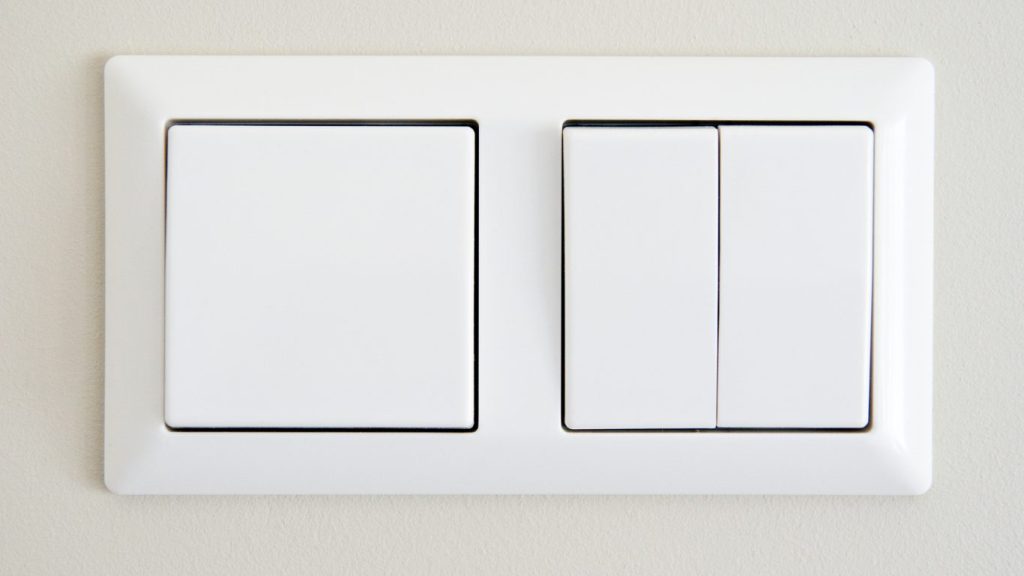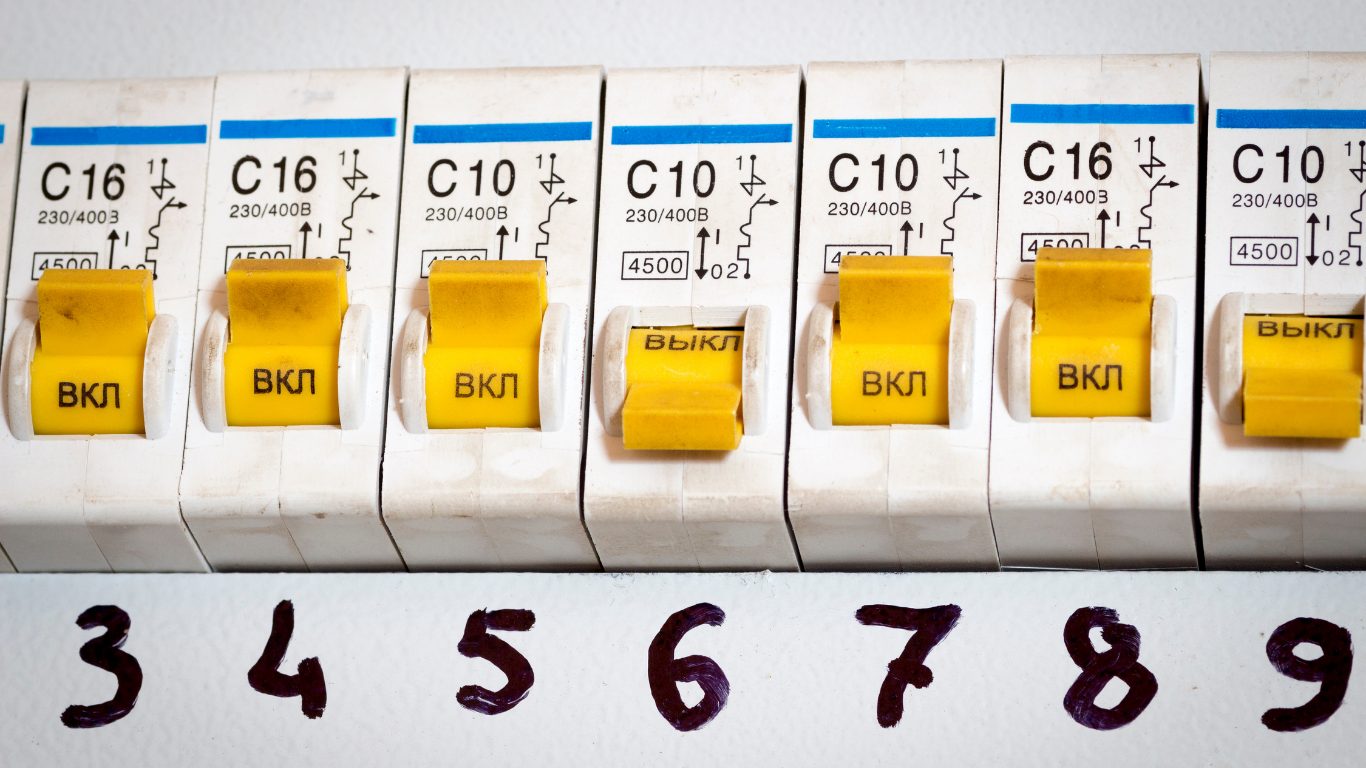
Essential Tips for Planning Electrical Points and Switches in Your Home
When designing or renovating your home, planning the electrical points and switches is a crucial step that often gets overlooked. Proper placement and thoughtful planning can enhance both the functionality and safety of your living space. Here are some essential tips to keep in mind when planning electrical points and switches in your home.
Assess Your Needs
Before you start, make a comprehensive list of all the electrical appliances and gadgets you use in each room. This will help you determine the number and type of electrical points required. Consider current needs as well as future additions.
Plan for Adequate Lighting
- Living Room: Ensure you have enough lighting options. Combine overhead lights, task lighting, and accent lighting to create a versatile space. Place switches near the entrance for easy access.
- Kitchen: The kitchen requires ample lighting, especially in areas where tasks are performed, such as countertops and the stove. Consider under-cabinet lights and ensure switches are conveniently located.
- Bedroom: Install switches near the entrance and the bedside for convenience. Consider dimmer switches for adjustable lighting.
Placement of Power Outlets
- Living Room: Place power outlets near where you plan to put electronic devices such as the TV, sound system, and chargers. Don’t forget outlets near seating areas for charging devices.
- Kitchen: Plan for outlets near countertops for small appliances like blenders, toasters, and coffee makers. Ensure outlets are away from the sink to prevent water-related hazards.
- Bedroom: Place outlets near the bed for lamps and phone chargers. Consider additional outlets in closets for things like vacuum chargers or other small appliances.
Safety Considerations
- Childproofing: If you have young children, ensure that all electrical outlets are childproof. Use tamper-resistant outlets or outlet covers to prevent accidental shocks.
- GFCI Outlets: Install Ground Fault Circuit Interrupter (GFCI) outlets in areas prone to moisture, such as bathrooms, kitchens, and outdoor spaces. These outlets help prevent electric shock.
- Height: Place outlets at a convenient height. Typically, outlets are installed about 12-18 inches from the floor, but in places like the kitchen, they might be higher to accommodate countertop height.
Switch Placement
- Accessibility: Ensure switches are easily accessible. Typically, switches should be placed at about 48 inches above the floor. They should be positioned at the entrance of rooms and near key functional areas.
- Grouping: Group switches logically. For example, all kitchen switches can be grouped near the entrance to the kitchen for easy control.
- Labeling: Consider labeling switches to make it clear which switch controls which light. This is particularly useful in large rooms with multiple lighting sources.
Future-Proofing
- Smart Home Integration: If you plan to integrate smart home technology, consider installing smart switches and outlets. These allow you to control lighting and appliances remotely.
- Extra Outlets: Install a few extra outlets in each room. It’s always better to have more outlets than you think you’ll need to avoid relying on extension cords.
- Conduits for Expansion: Plan for future expansion by installing conduits that make it easy to add additional wiring if needed.
Aesthetic Considerations
- Switch Plates: Choose switch plates that match your home’s decor. They come in various styles and materials, from classic white plastic to more luxurious metal finishes.
- Hidden Outlets: For a cleaner look, consider pop-up outlets that can be hidden when not in use. These are particularly useful in kitchens and home offices.
Planning electrical points and switches is a vital part of home design that significantly impacts convenience and safety. By assessing your needs, considering safety, and thinking ahead, you can create a functional and aesthetically pleasing electrical plan for your home. Whether you’re building a new home or renovating an existing one, these tips will help ensure your electrical system meets all your needs and stands the test of time.

Build your dream house !
Ready to Start Your Dream Home Construction Project?
Enjoy seamless and hassle-free construction experience.
